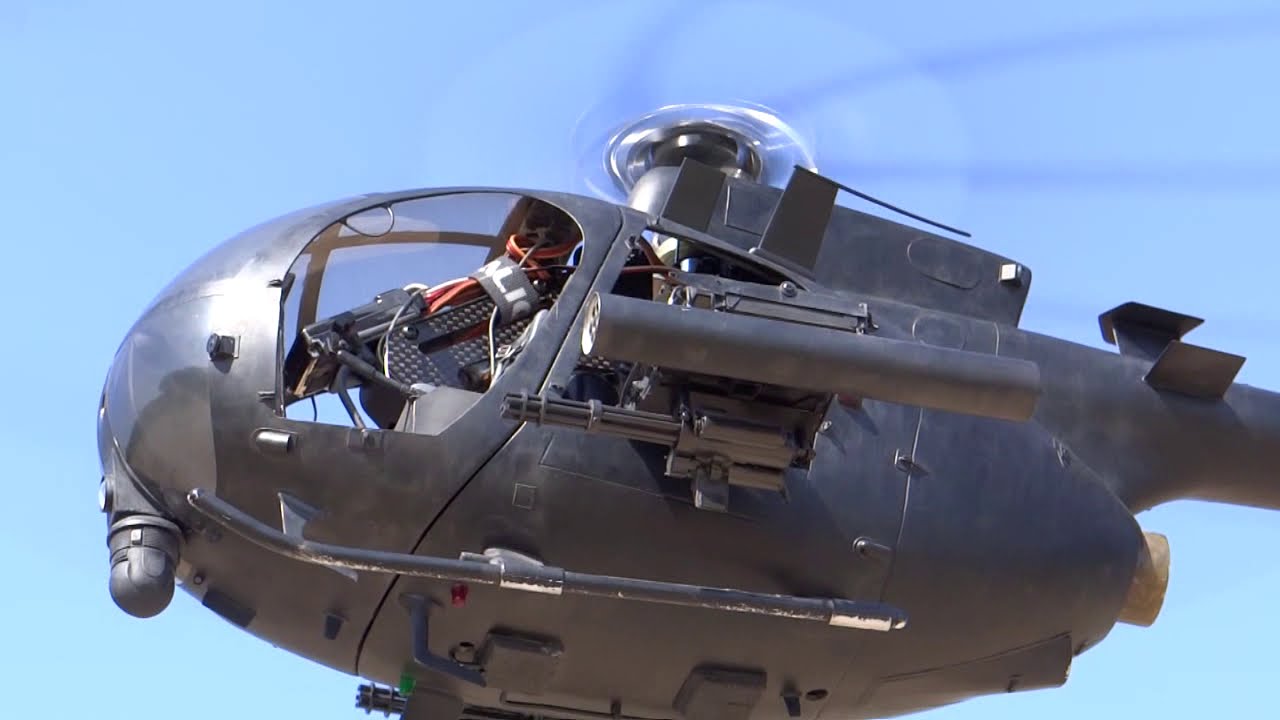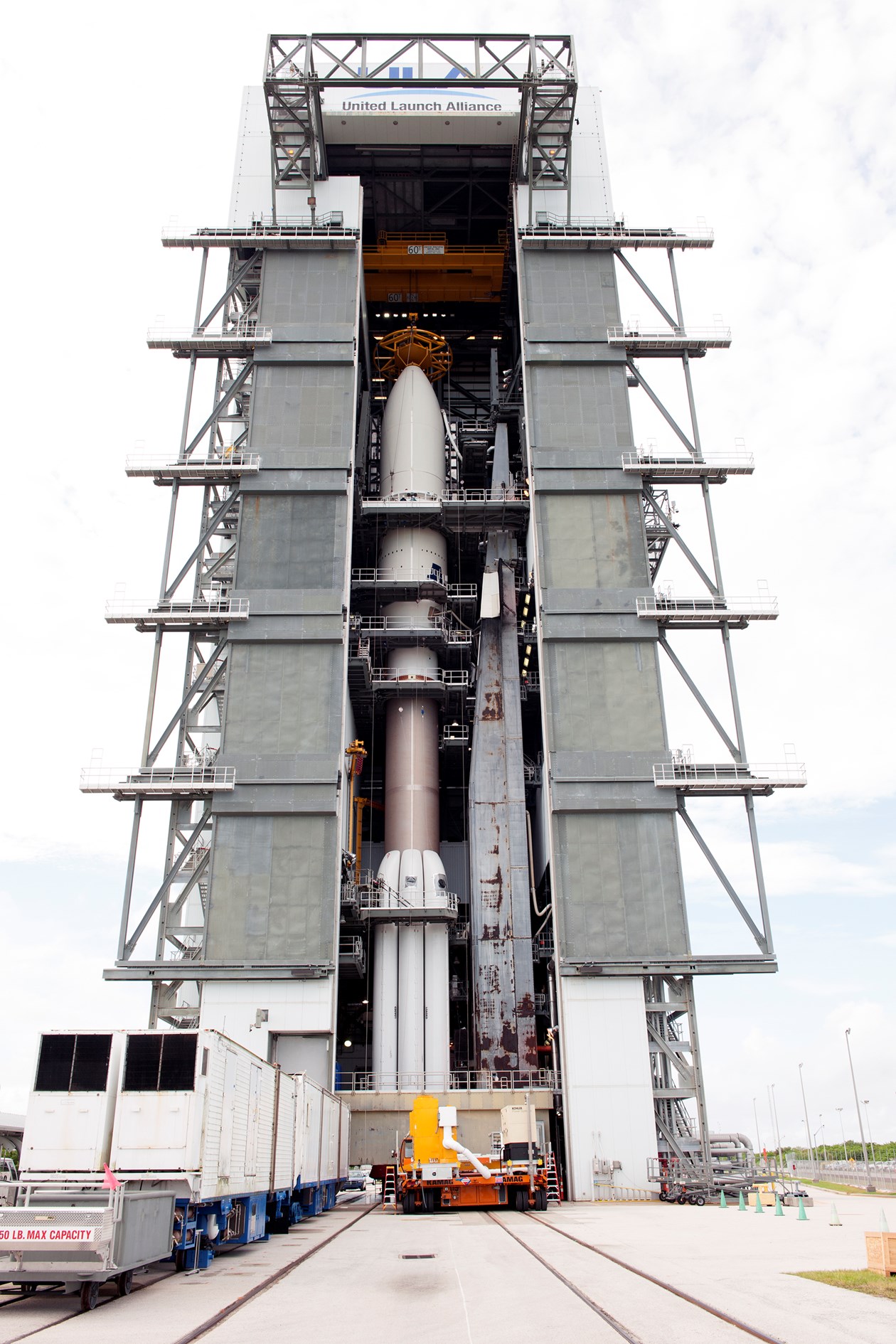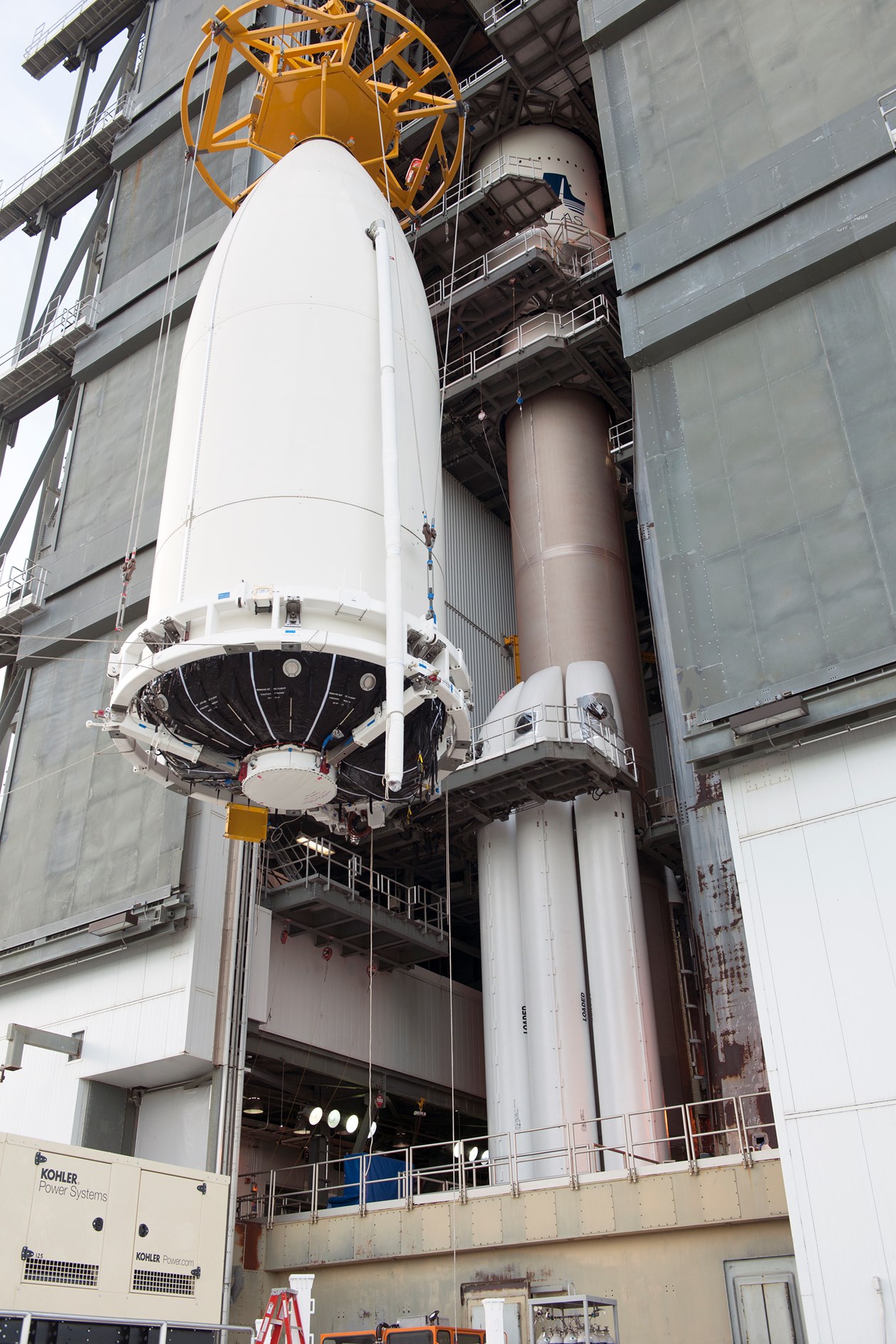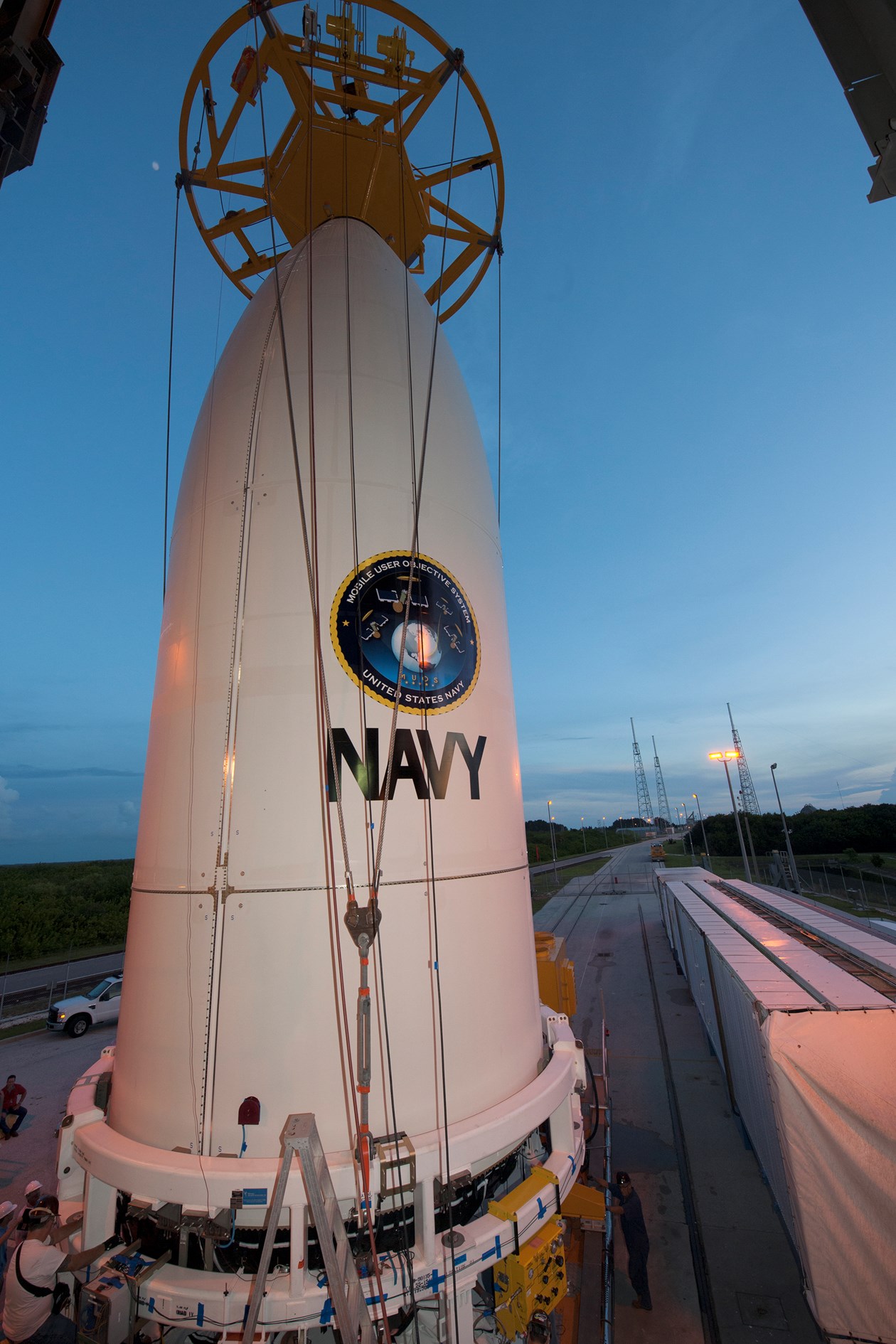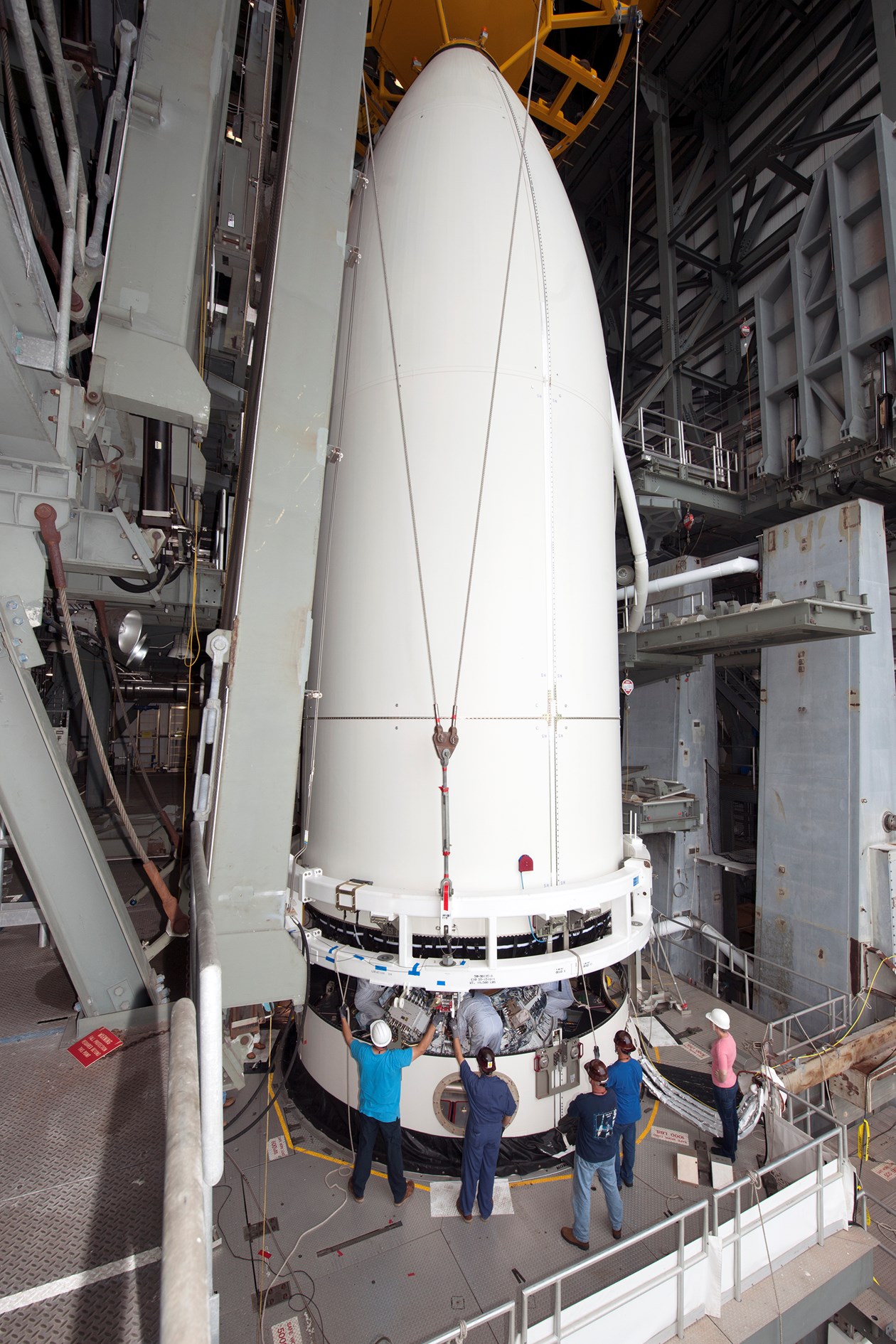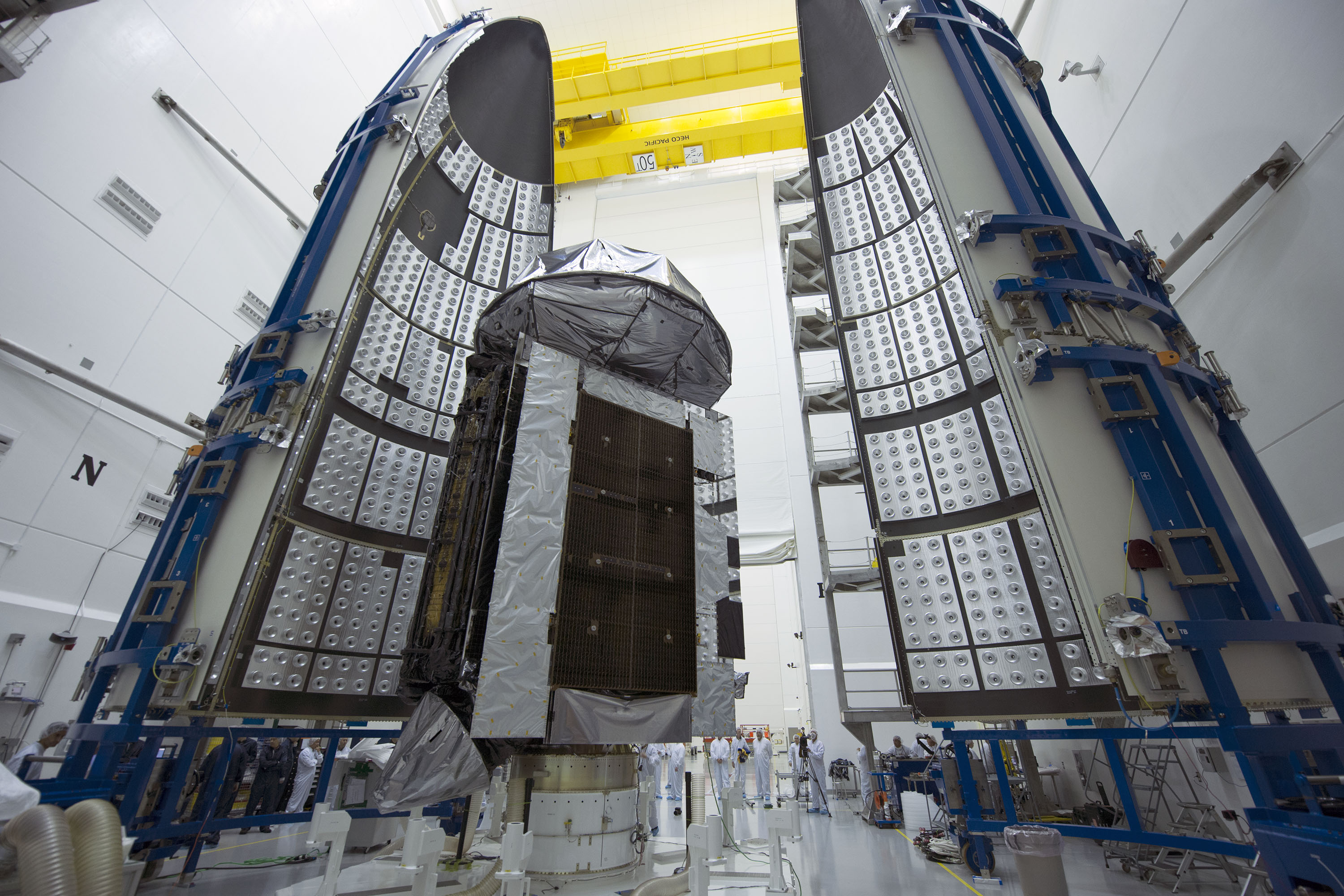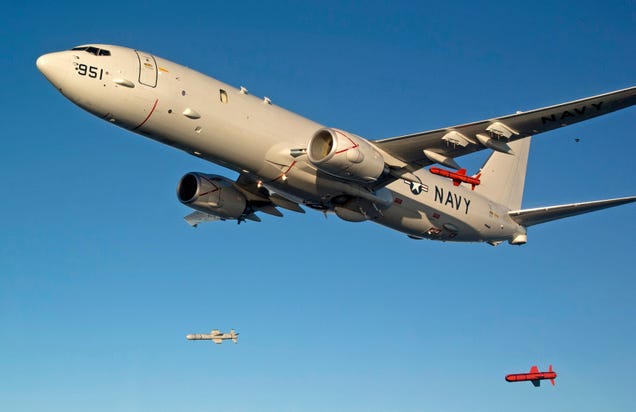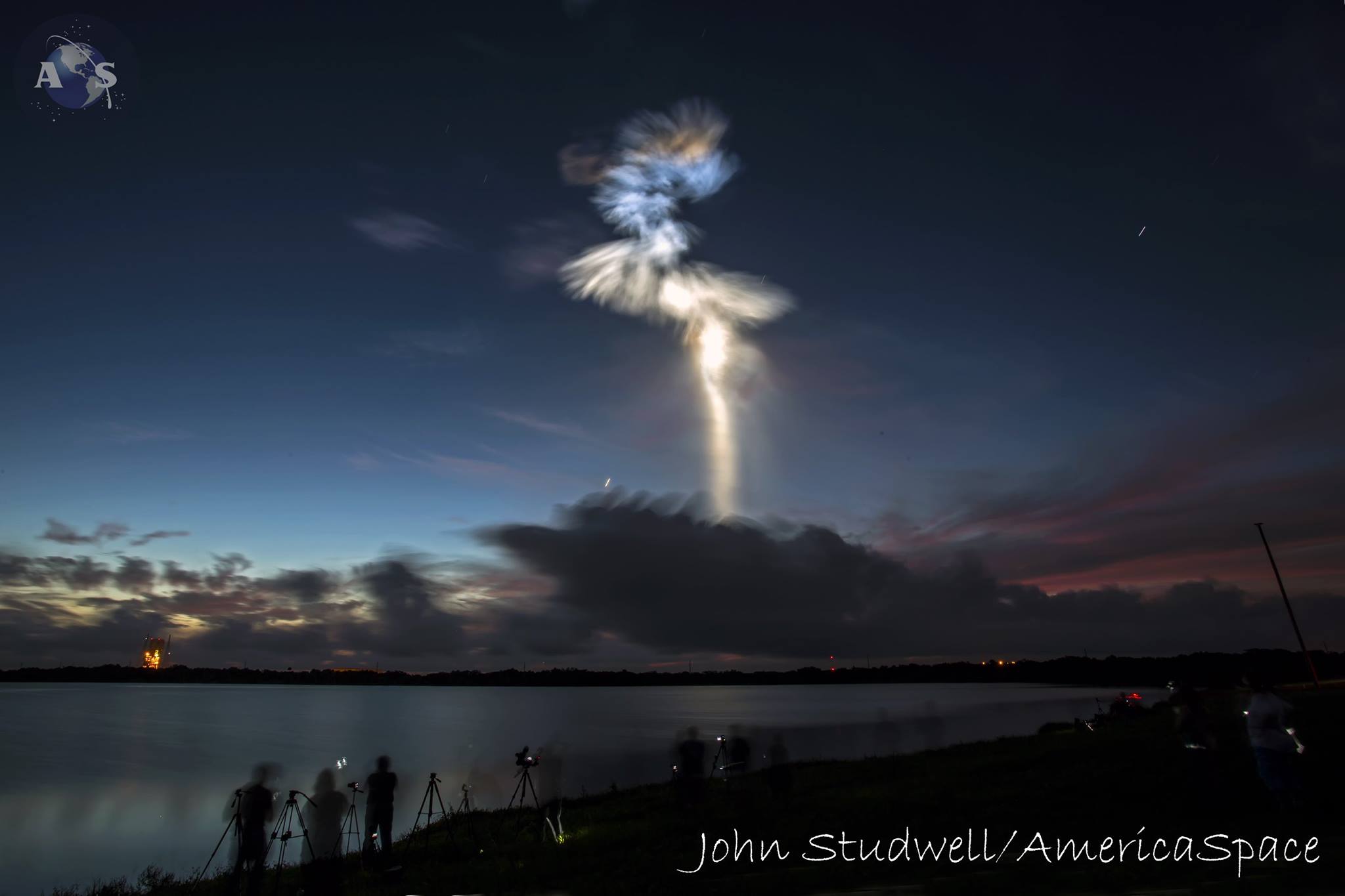ULA Atlas-V Propells MUOS-4 Satellite Into Space as Air Force and Congress Shudder Over Threats To Russian RD-180
ULA Atlas-V Propells MUOS-4 Satellite Into Space as Air Force and Congress Shudder Over Threats To Russian RD-180 « AmericaSpace
A ULA Atlas-V 551 rocket launches the Navy’s MUOS-4 satellite to orbit from Cape Canaveral, Fla. Sep. 2, 2015. Photo Credit: John Studwell / AmericaSpace
A Russian RD-180 powered United Launch Alliance (ULA) Atlas-V 551 rocket successfully launched the 7.5 ton Lockheed Martin/Navy Mobile User Objective System (MUOS 4) satcom into geosynchronous transfer orbit early today. The launch success comes as the Pentagon and Congress grow increasingly alarmed that Russian President Vladimir Putin could halt deliveries of RD-180 engines before the U.S. can field a replacement around 2021.
“The threats are real,” Air Force Secretary Deborah Lee James, told the Senate Armed Services strategic subcommittee. The RD-180 situation is “disgraceful” said full committee Chairman Sen. John McCain (R-Arizona).
In spite of Russia’s invasion of Ukraine, ULA is being allowed to procure an additional 18 RD-180s to carry Atlas-V operations to about 2021 by when SpaceX, and ULA”s new Vulcan rocket and perhaps other competitors can assure competition and heavy satellite access to space after the RD-180s run out.
If Vladimir Putin halts deliveries in the deteriorating diplomatic climate, the Pentagon and Congress are concerned about being forced to use the $400 million Delta-IV Heavy rocket for medium sized military payloads that would normally use the $150 million Atlas-V.
The MUOS-4 flight, on the most powerful version of the 206 ft. tall Atlas-V with five solid rocket motors, lifted off from Launch Complex-41 on 2.5 million lbs. of first stage thrust. The launch, delayed 3 days by tropical weather, came at 6:18 a.m EDT after a 19 minute delay early in the countdown caused by concerns about nitrogen purge gas flow. The second stage single engine Centaur then completed 3 firings until the 15,000 lb. spacecraft was released over Java, north of Australia, at 2 hours and 53 minutes after liftoff.
“The most dangerous part of a satellite’s life is launch and getting into orbit. I really want to thank our entire team whose hard work prepared MUOS-4 for this mission-critical event and the Atlas team who ultimately carried us safely to our transfer orbit,” said Iris Bombelyn, vice president of Narrowband Communications at Lockheed Martin. “We look forward to completing our on-orbit health checks and delivering this important asset to the U.S. Navy and these new capabilities to our mobile forces.”
The Atlas-V put on a spectacular show as it was fired eastward into early dawn lighting that illuminated a miles wide RD-180 octopus-shaped plume as the vehicle left the atmosphere after solid rocket motor separation. Unusual atmospheric conditions created a dramatic sight in the sky as MUOS-4 climbed into sunrise, with spectators up and down Florida’s “Space Coast” sharing their images all over social media and making #AtlasV the fourth most trending topic in the world this morning.
The first centaur upper-stage burn cut off above the mid Atlantic, followed by the second firing just off the West African bulge. The vehicle then coasted for 2.5 hours until the third burn north of Australia.
The satellite’s 19,322 x 2,067 nautical mile transfer orbit will later be raised to geosynchronous orbit over the Indian Ocean using about eight firings of the satellite’s hydrazine engines. MUOS-4 will complete near global narrowband coverage with three similar spacecraft already over the Atlantic, Pacific and CONUS. A fifth MUOS satellite spare will be launched no earlier than mid 2016.
Russia’s threat to America’s assured access to space is drawing very sharp criticism from U.S. Air Force leadership and the Senate Armed Services Committee. “The situation has gone from important, to imperative,” said Gen. John E, Hyten, who heads Air Force Space Command. Strategic subcommittee chairman Sen. Jeff Sessions (R-Alabama) noted, “We are all in agreement that the use of the RD-180 is not in the national interest.”
The ULA Atlas-V climbing into sunrise with MUOS-4 for the NAVY Sep. 2, 2015. Photo Credit: John Studwell / AmericaSpace
ULA public affairs, and especially local Cape Canaveral media, treat the always spectacular Atlas-V launches as a celebration of rocketry, dutifully reciting over and over again the same Atlas-V specifications and performance figures over the last 13 years. Today’s launch marks the 56th successful Atlas-V flight, but there is a lot more now at stake with Atlas-V launch operations.
“The Atlas-V is the most beautiful rocket I have ever seen,” said Hyten. “But every time it clears the freaking launch pad, and I see the Russian engine on the bottom, it has torqued me off since the first day it flew in 2002,” he told the subcommittee. ”We we have needed to get off that engine for a decade, but we have not committed the resources until last year when the Congress committed the resources that allowed us to do that.”
According to Washington D.C. based analyst Marcia Smith who writes “Space Policy Online,” Secretary James and Gen. Hyten plan to use NASA’s “public private partnership” (PPP) model and adopt a four-step path that will “result in a commercially competitive domestic launch capability to replace the RD-180.” Smith said those steps are:
- Step 1: Technology risk reduction, for which money being obligated now will be used.
- Step 2: Investment in rocket propulsion systems with multiple providers “to partner in their ongoing investment in domestic propulsion systems.”
- Step 3: Use the PPP approach and enter into agreements with launch system providers to provide domestically-powered launch capability.
- Step 4: Compete and award contracts “with certified launch providers for launch services during the period 2018-2022.”
The years 2018-2022 would be a period of transition from the RD-180-powered Atlas-V to the new systems.
Hyten and James also continued to press their case that they do not want to replace one monopoly with another, with SpaceX replacing ULA in that role.

. Not familiar with the "killer egg" - MH-6 little bird?
